Warrior Women, Part Three
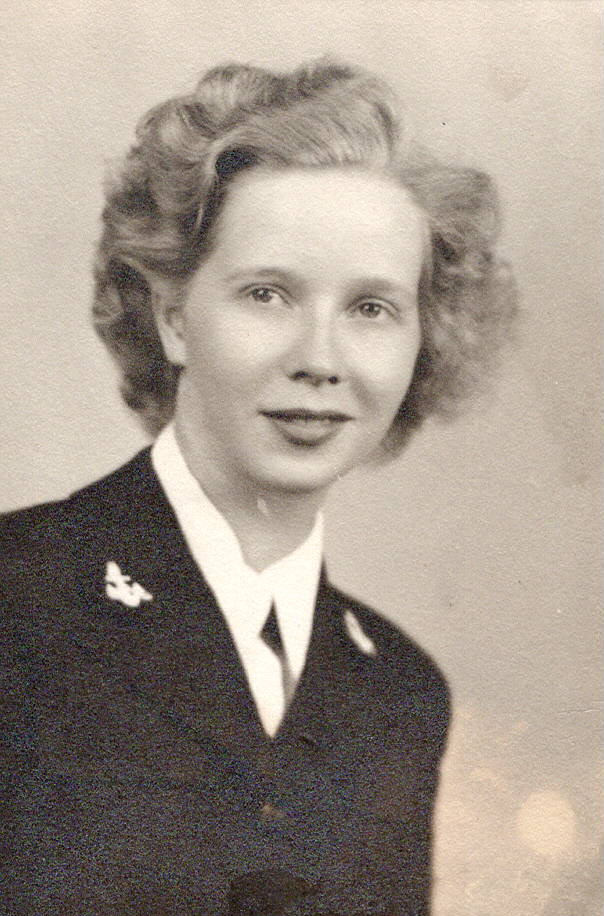
WAVE – Roberta Elaine Witcraft, 21, mother:
My beautiful and intelligent mother, Elaine, made the local paper in April of 1945. It was an event worth reporting: “WAVE Called – Roberta Elaine Witcraft of . . . Eugene [Oregon], who enlisted recently in the WAVES, has been called to active duty, and is ordered to report to the commanding officer of the naval training school at Hunter College, New York City, by May 3, 1945.” She would serve in the Women Accepted for Volunteer Emergency Service (WAVES) from May 1945 through June of 1946. She received a letter from the Portland office of Naval Officer Procurement at her home dated March 23, 1945. The letter advised her of several items:
- “You have this date been enlisted in the U. S. Naval Reserve, Class V-10, for a period during the present war and for six months thereafter, or until such earlier time as the Congress by concurrent resolution or the President [on this date, Franklin D. Roosevelt (FDR)] by proclamation may designate. . . .
- The Director of Naval Officer Procurement is your Commanding Officer and you are subject to his orders. . . .
- You are hereby placed on active duty, and instructed to keep yourself in readiness for any emergency call to active duty. . . .”
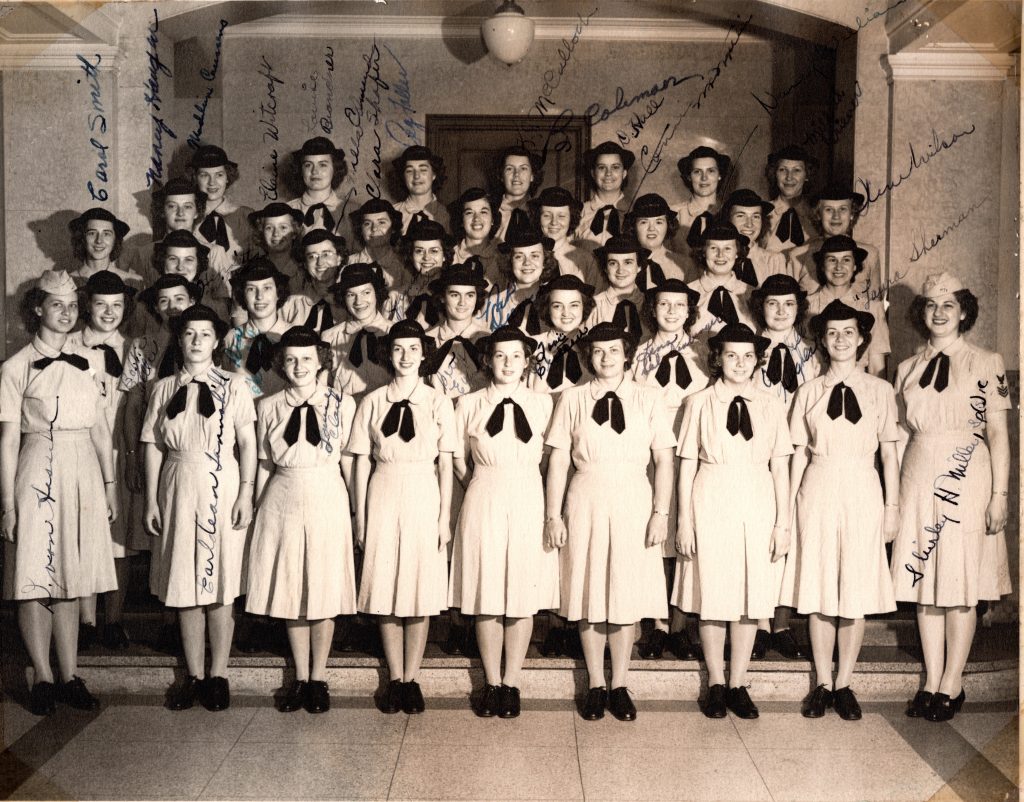
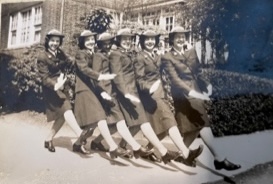
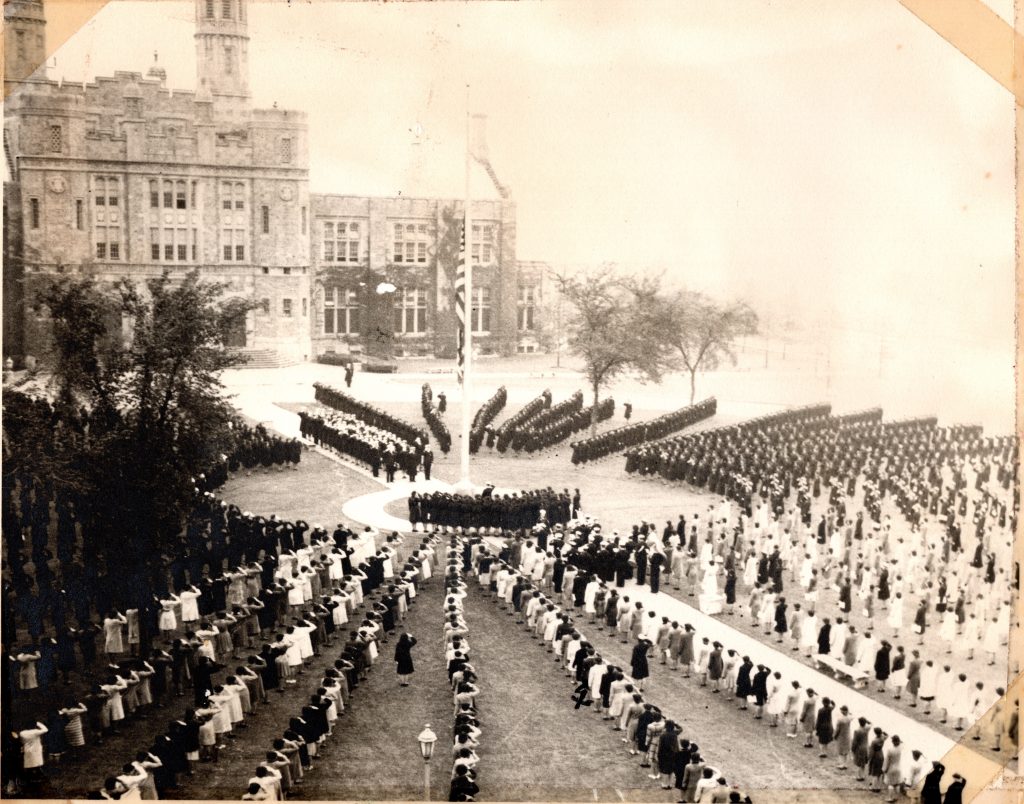
Young, smart, and adventurous, after she was called to active duty, Elaine boarded a train to travel east, where she attended boot camp training in New York City on the Hunter College campus in The Bronx. During her brief stint in New York, she saw the sights of the big city when she could, for instance, the Statue of Liberty, the Empire State Building, the Roxy theatre, and Central Park.
She was ordered to her final assignment in the Women’s Reserve in the Twelfth Naval District at Balboa Park, San Francisco. There, she once received an invitation to attend the commissioning ceremonies of the aircraft carrier USS Palau at the Todd Pacific Shipyards in Tacoma, Wash., though she was unable to attend.
After working in clerical administration of officer records, she was honorably discharged at the rank of Yeoman Third Class in 1946, under the signature of President Harry S. Truman, as FDR had died. Elaine remained proud of her service until the end of her life. Our family built their first home in 1958 using my mother’s V.A. Home Loan benefit, a G.I. Bill benefit that my father had not received (but would eventually) from his years of service in the Merchant Marine.
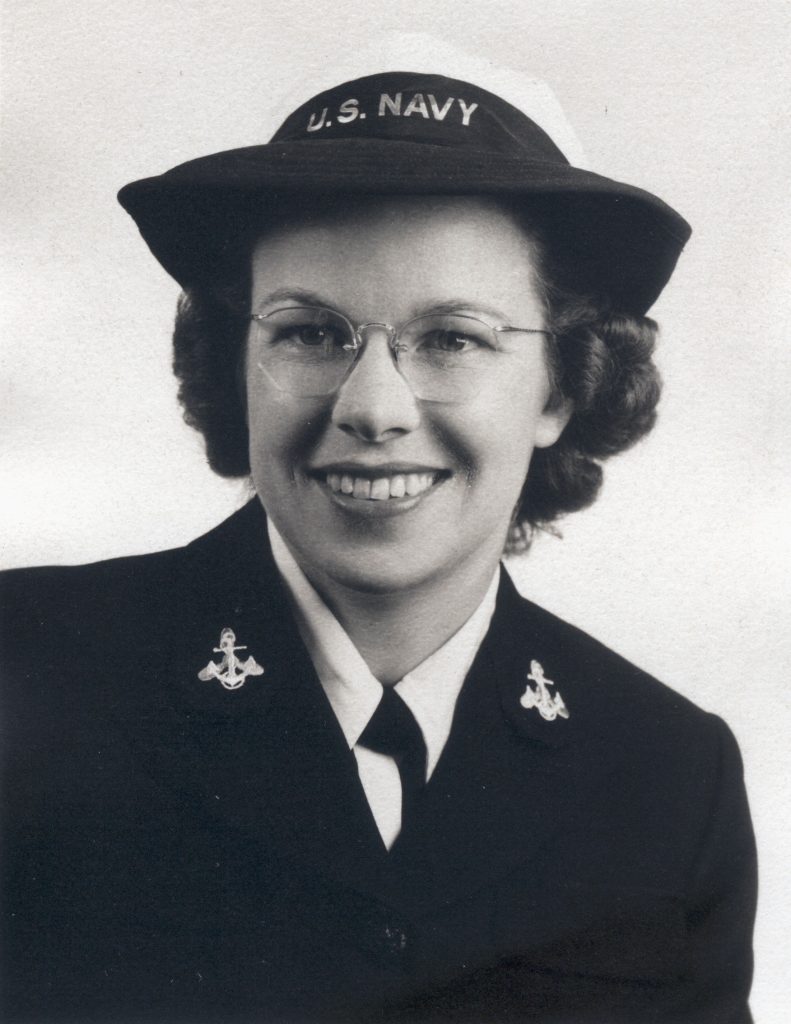
WAVE – Gladys Mahalla (Emery) Lionberger, 32, aunt:
Gladys, attractive and gracious, had joined the WAVES by 1944 and was training as a hospital apprentice. She had married my father’s older brother, Loren. During her training period, she wrote to my father and described her life in WAVES training. Excerpts from two letters follow:
Friday, September 15, 1944, posted from Wave Barracks #127, U.S. Naval Hospital, San Diego – “Were you surprised when you heard I was back here on the West Coast? I certainly was, when I heard I was coming back so soon, but now that I am back, I won’t mind staying here. This moving every four to six weeks isn’t too good for a person’s disposition, and it is possible that I might be on my way again before another month has gone by . . ..
I certainly have absorbed (I hope) a lot of knowledge this past week and we have three more weeks of school. Then we will be assigned to duty . . ..
With the way the European War News sounds, maybe Loren will get to come home after the first of the year. He hasn’t mentioned anything about it at all.
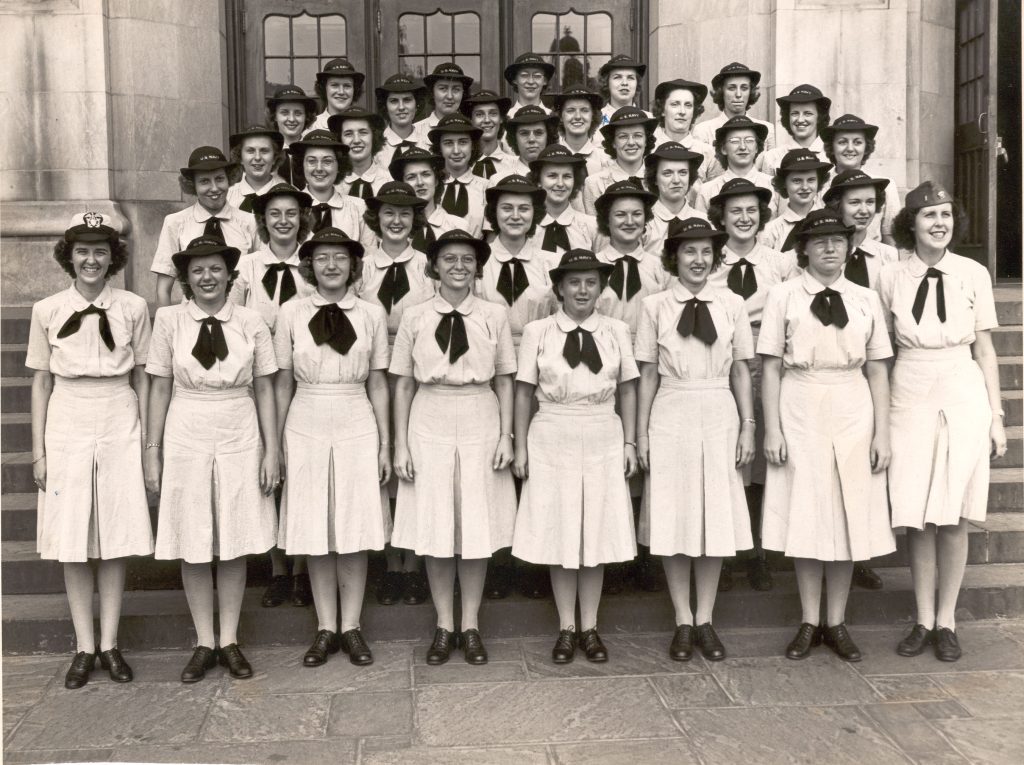
Is it still possible for you to get me one of those Schick Ejector Razors that Loren wants so badly?”
Monday, November 21, 1944, posted from U.S. Naval Air Station Hospital, Ottumwa, Iowa – “I’ll try to tell you a few things about the Air Station here that may interest you. We are in the south-eastern part of Iowa, about seven miles north of Ottumwa, and on a plateau with an elevation of about 820 feet. A strong north-eastern wind blows most of the time, and recently it has been quite cold, although we have had very little rain since I have been here.

We have Aviation Cadets and Officer Trainees learning to fly. They have already been to boot camp and Pre-Flight School, and this is called a Primary base.
The majority of the planes are the regular type of trainers with upper and lower wing. They look like very old fashion planes to me, but I haven’t learned anything about planes yet. The hospital is about as far from the flying field as they could possibly get it. From here the fellows will go to a big Air Station and learn to fly heavier planes and get their wings and their commissions. And then they go to duty.”
She signed both letters: Your sister, Gladys.
